Madonna and Child
Oil on panel, cm 63 x 46
The refined table under examination, from the Lombard school of the early seventeenth century, for its particular formal and stylistic structure , makes it possible to distinguish the hand of Giovanni Antoni Bevilacqua, known as Liberale. The Bevilacqua probably originated in Milan in the middle of the 15th century; in 1481, he was registered in the Art of Painters and was one of the artists who worked for Duke Francesco Sforza. He worked mainly for a religious order by creating frescoes for the parish of Landriano and for the Luogo Pio di Carità in Milan, then worked for the Charterhouse of Pavia alongside Ambrogio Fossano, known as the Bergognone (1453-1523). News about him disappear after in 1512 he was called as a witness in a public document. The matrix of his painting is of Foppesca ancestry, not without affinity with the painting of Bergognone (1453-1523), of which he is considered a pupil in certain sources. With maturity, these influences will be accompanied by Leonardo's sails, a consequence of the presence in Lombardy of the great master. The delicacy of the subject fully expresses the gentleness of this painter at the level of the intimacy he manages to achieve with the observer, in search of a deep meaning capable of going beyond the pictorial matter: the looks barely tilted, the closed eyes of the Child and half-open of the Virgin and the tenderness of the gesture participate in this research. The interesting view of the landscape, although limited to a space of reduced dimensions, manages to expand the dimensions of the table towards an indefinite horizon, with a taste for the landscape of clear Leonardesque influence, treated with thin blue veils. The pictorial quality of this painting is fully expressed in the delicate passages of light and shade and in the refined transparencies, in the elegant golden outlines and in the use of a palette of enamelled, brilliant and saturated colours. An appropriate stylistic comparison is highlighted with the canvas representing a Virgin and Child made by Bevilacqua and now kept in the Pinacoteca of the Sforzesco Castle and with a Madonna del Latte, in a private collection in Milan. The painting under examination also seems to look at some executions of Bergognone: in the richness of the color and in the intimate maternal scene of the Virgin and Child preserved in the Pinacoteca di Brera and in the delicate and skilful use of the gold of the Virgin and Child of the Royal Museums of Turin, without forgetting the Marian compositions of Vincenzo Foppa.


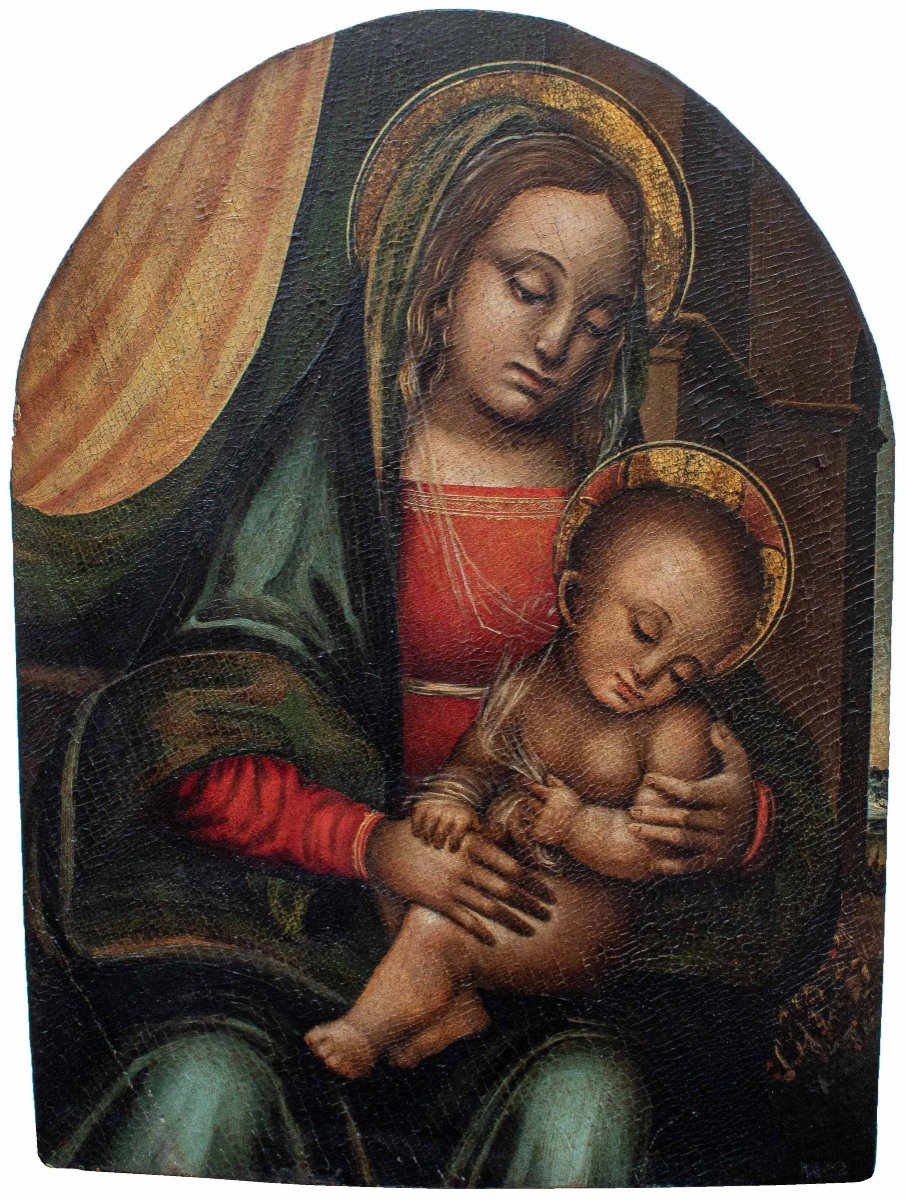
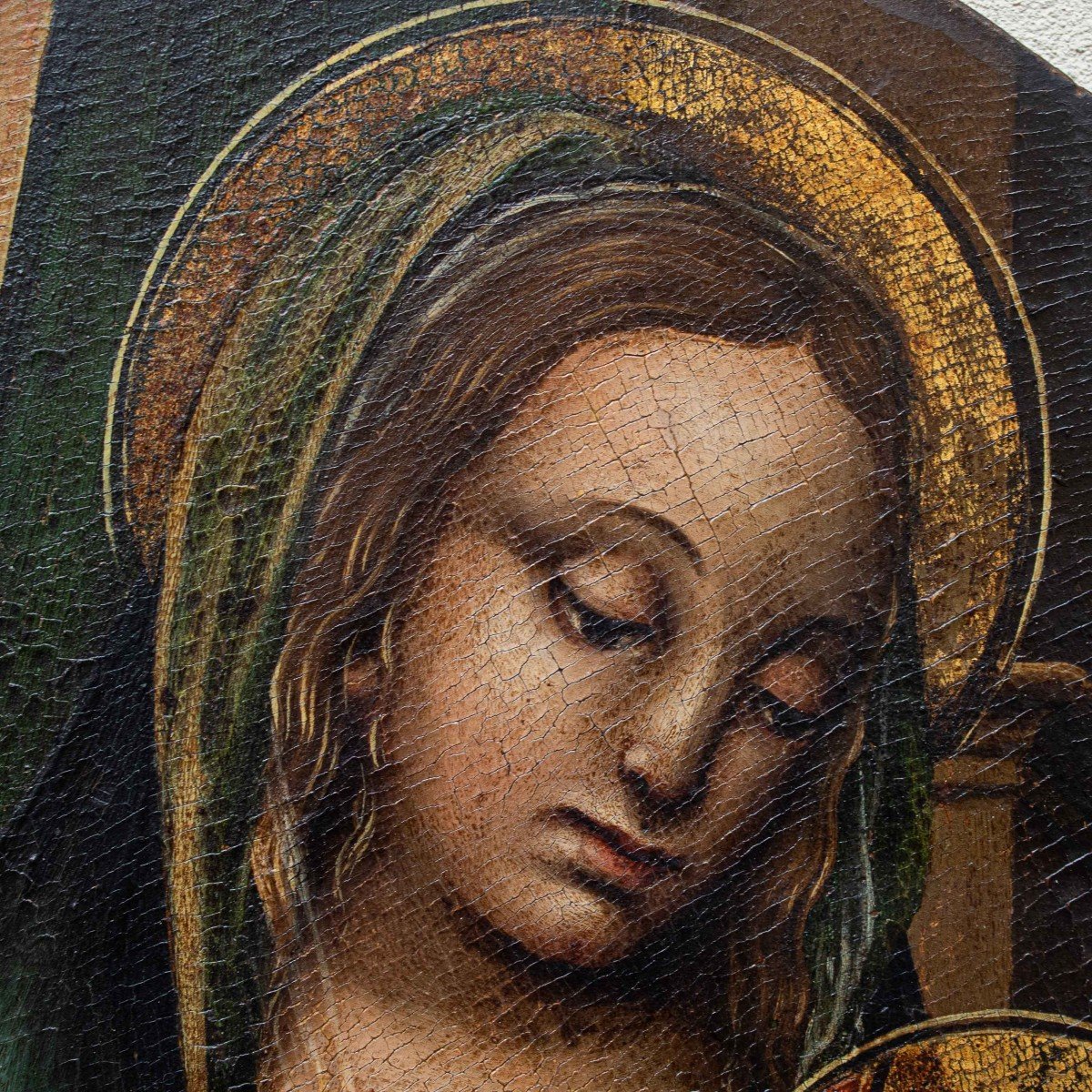
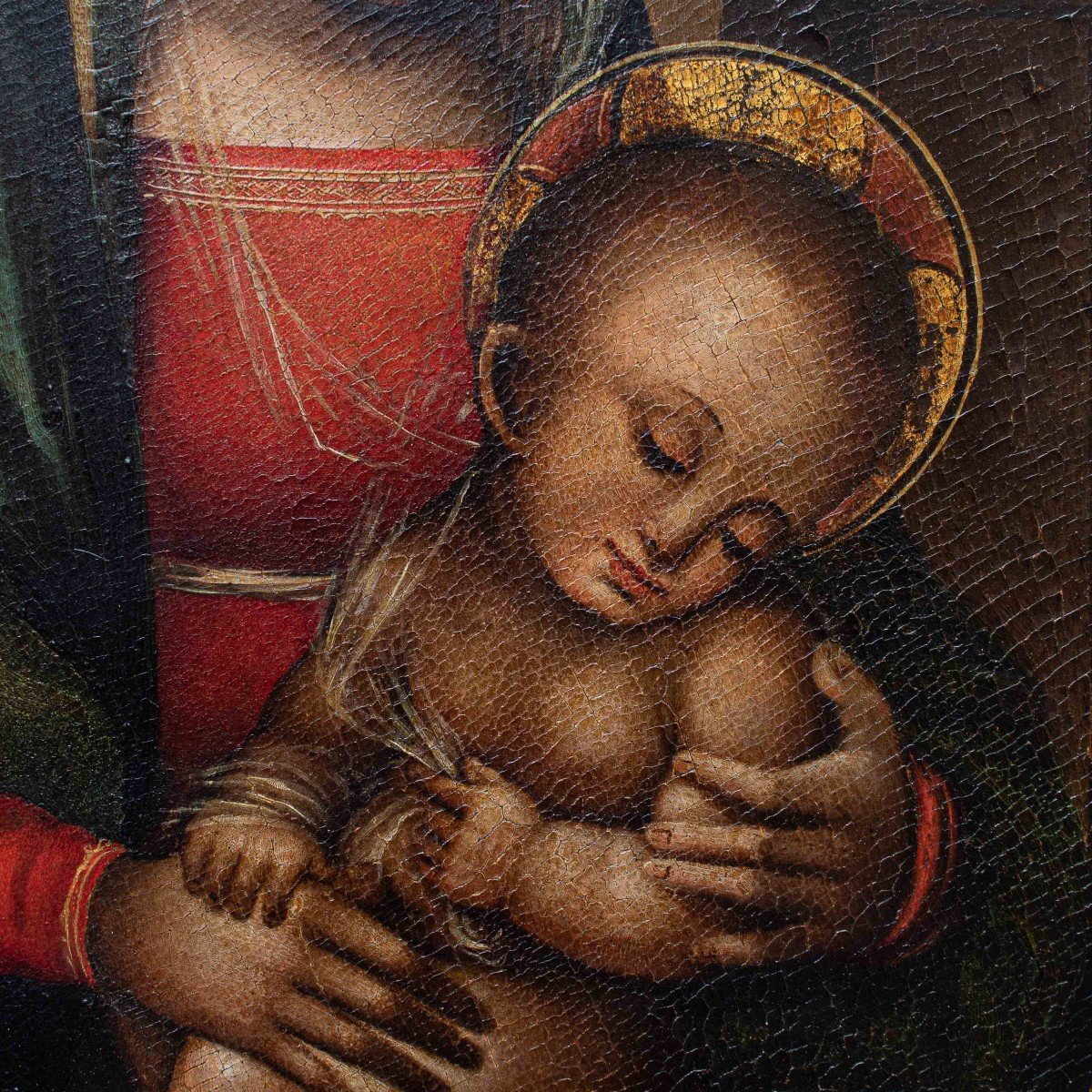
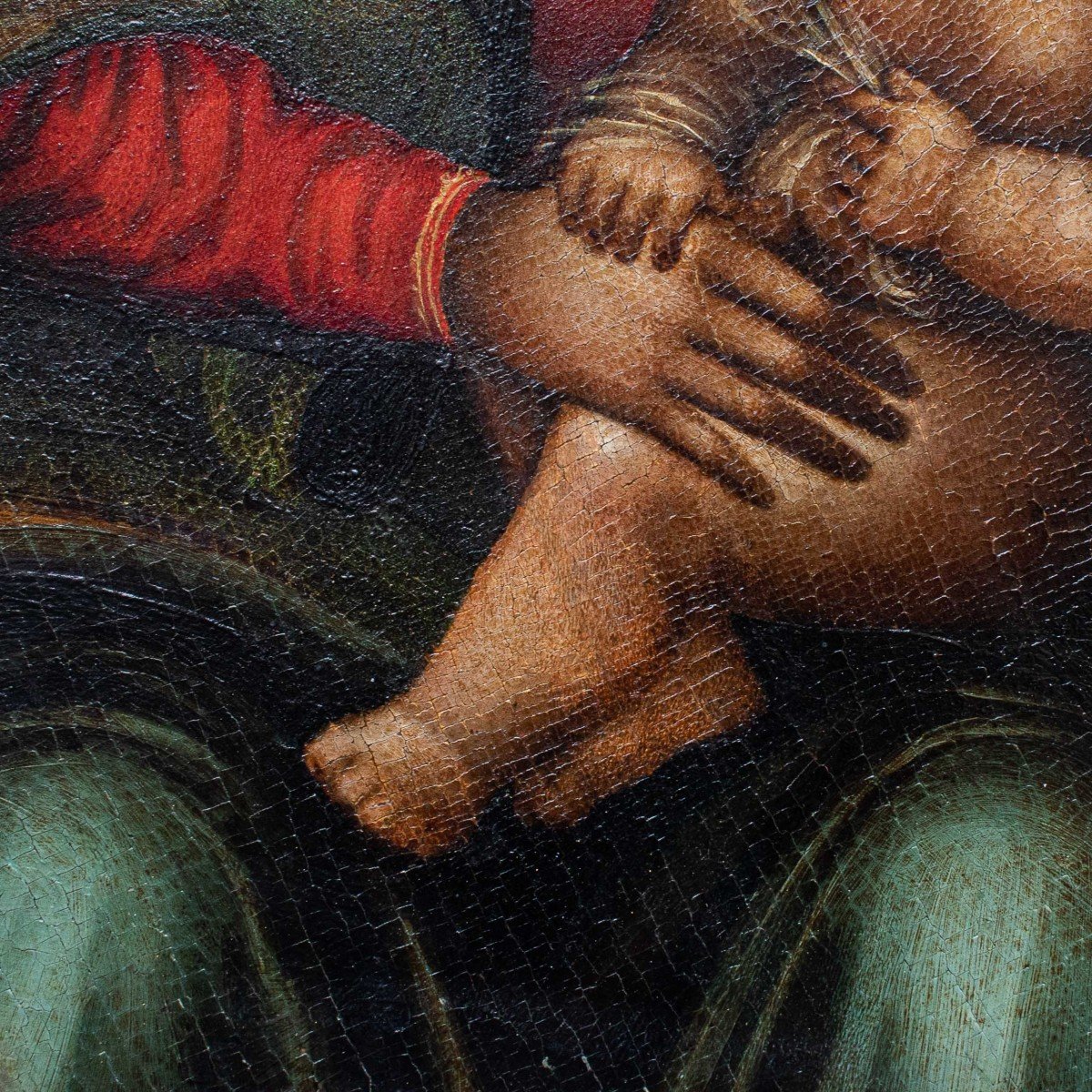
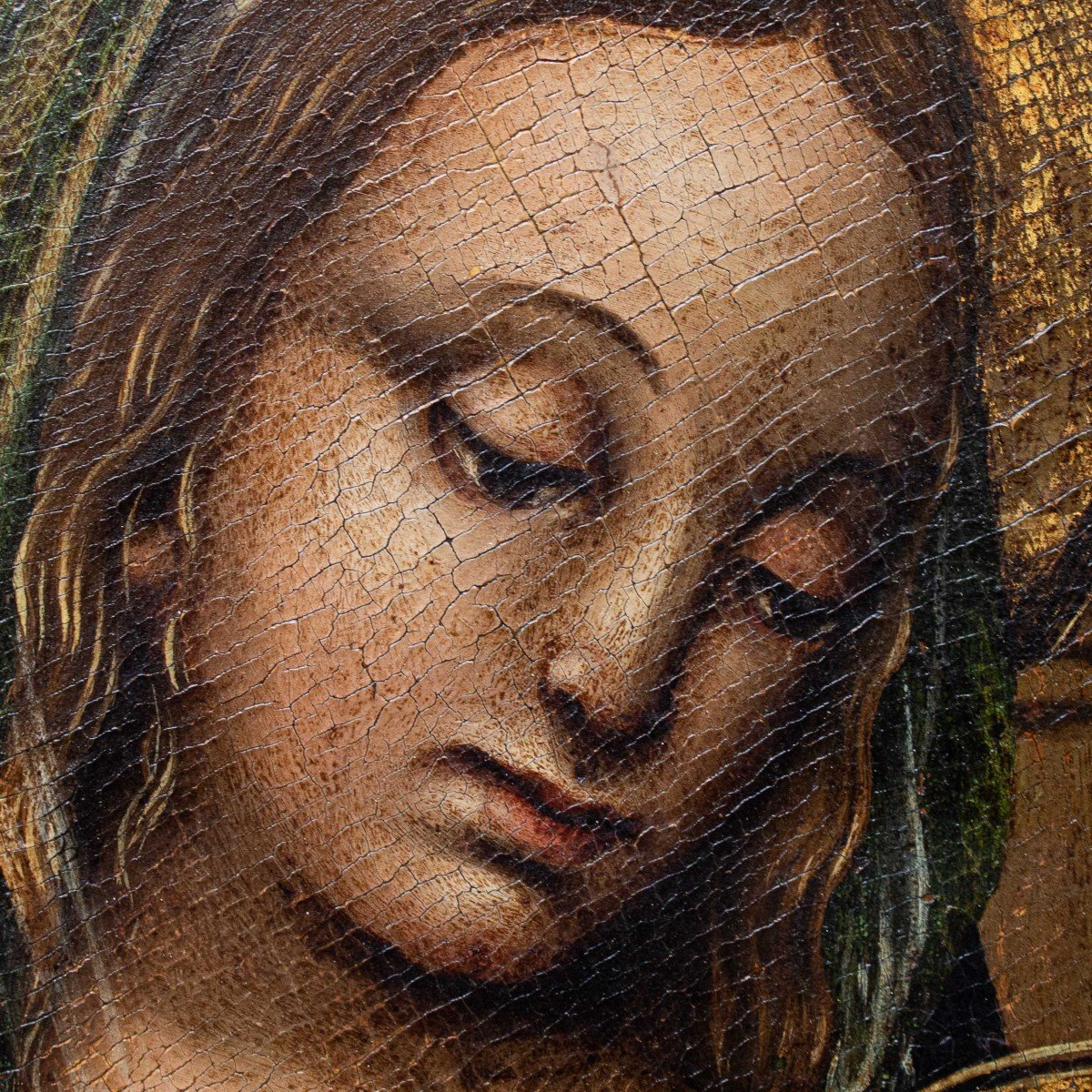
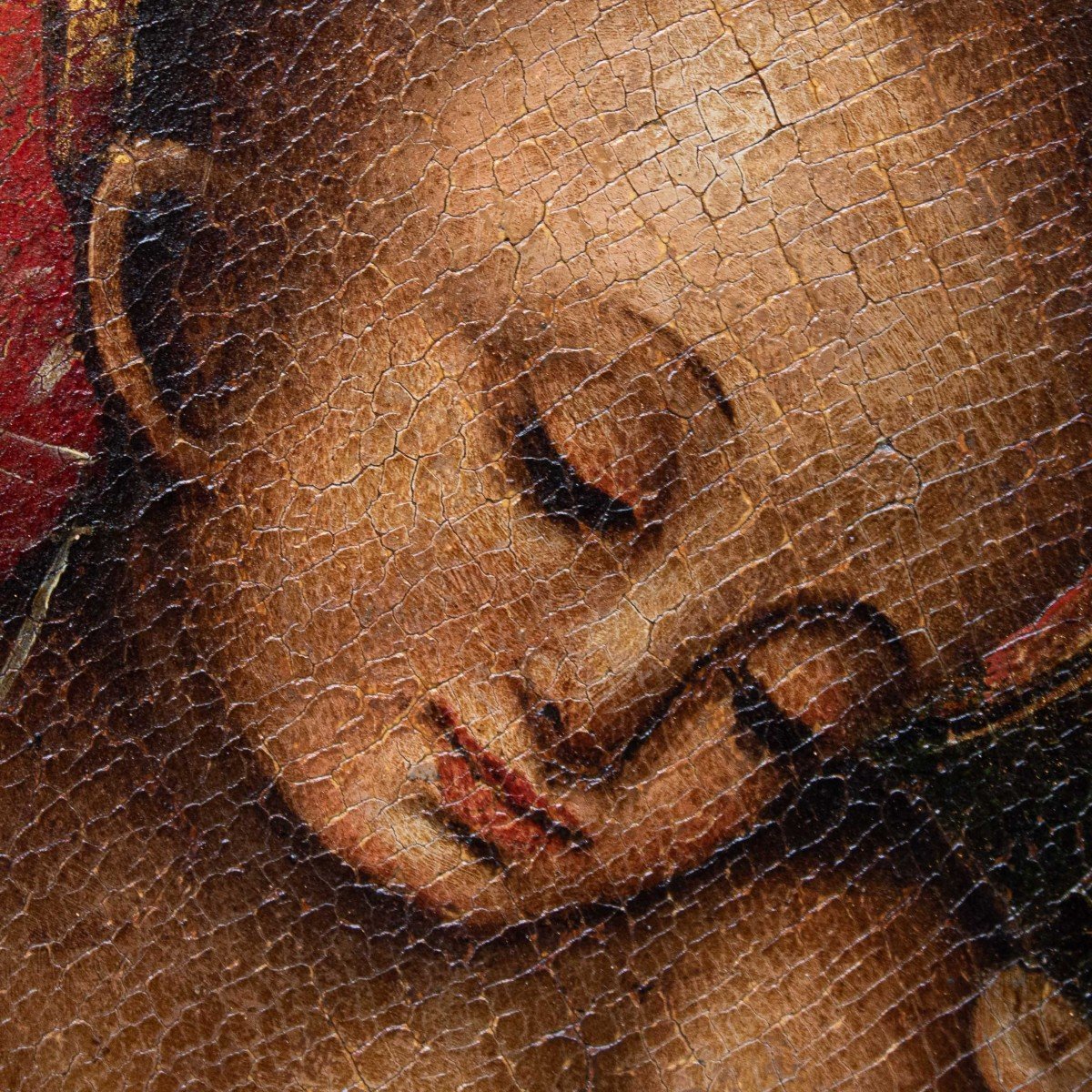
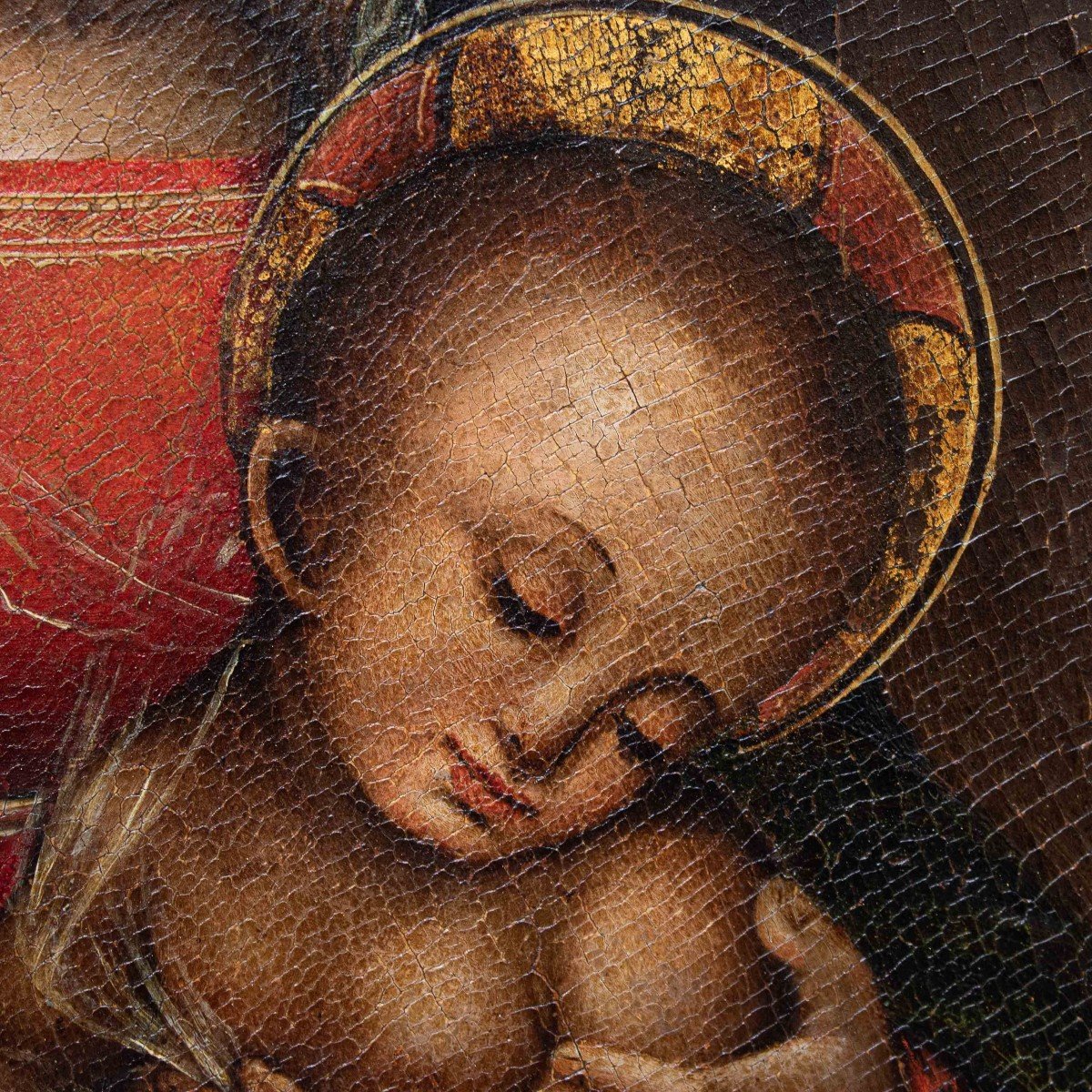
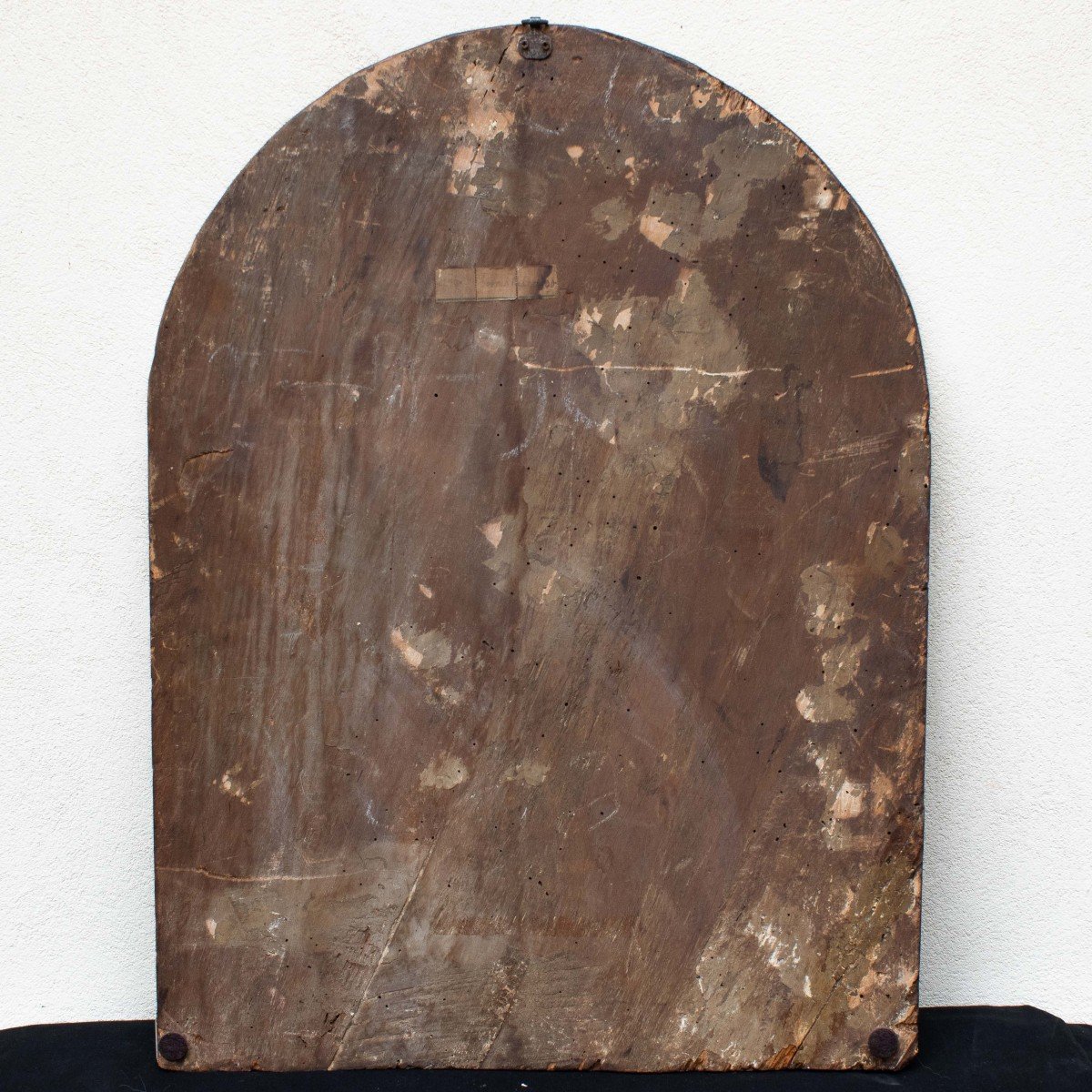










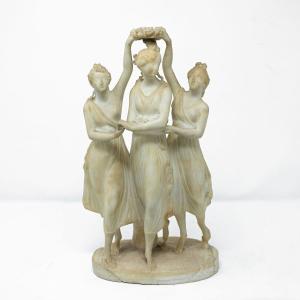





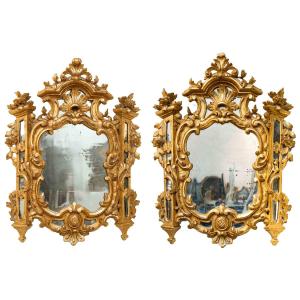


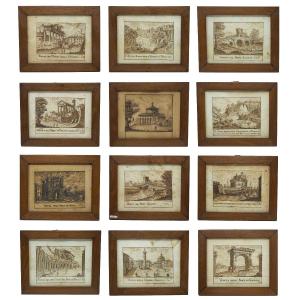
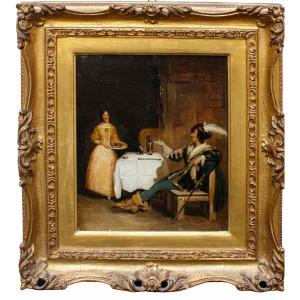



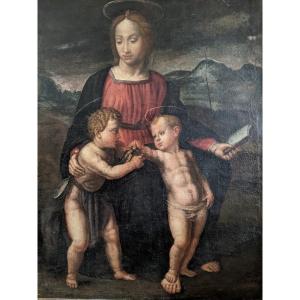

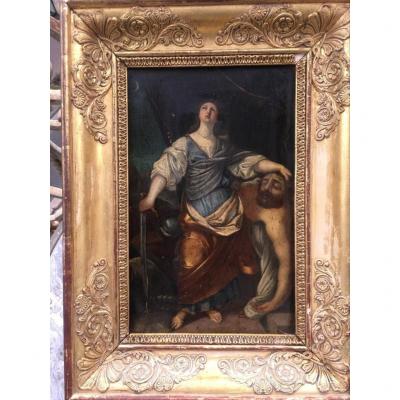





 Le Magazine de PROANTIC
Le Magazine de PROANTIC TRÉSORS Magazine
TRÉSORS Magazine Rivista Artiquariato
Rivista Artiquariato